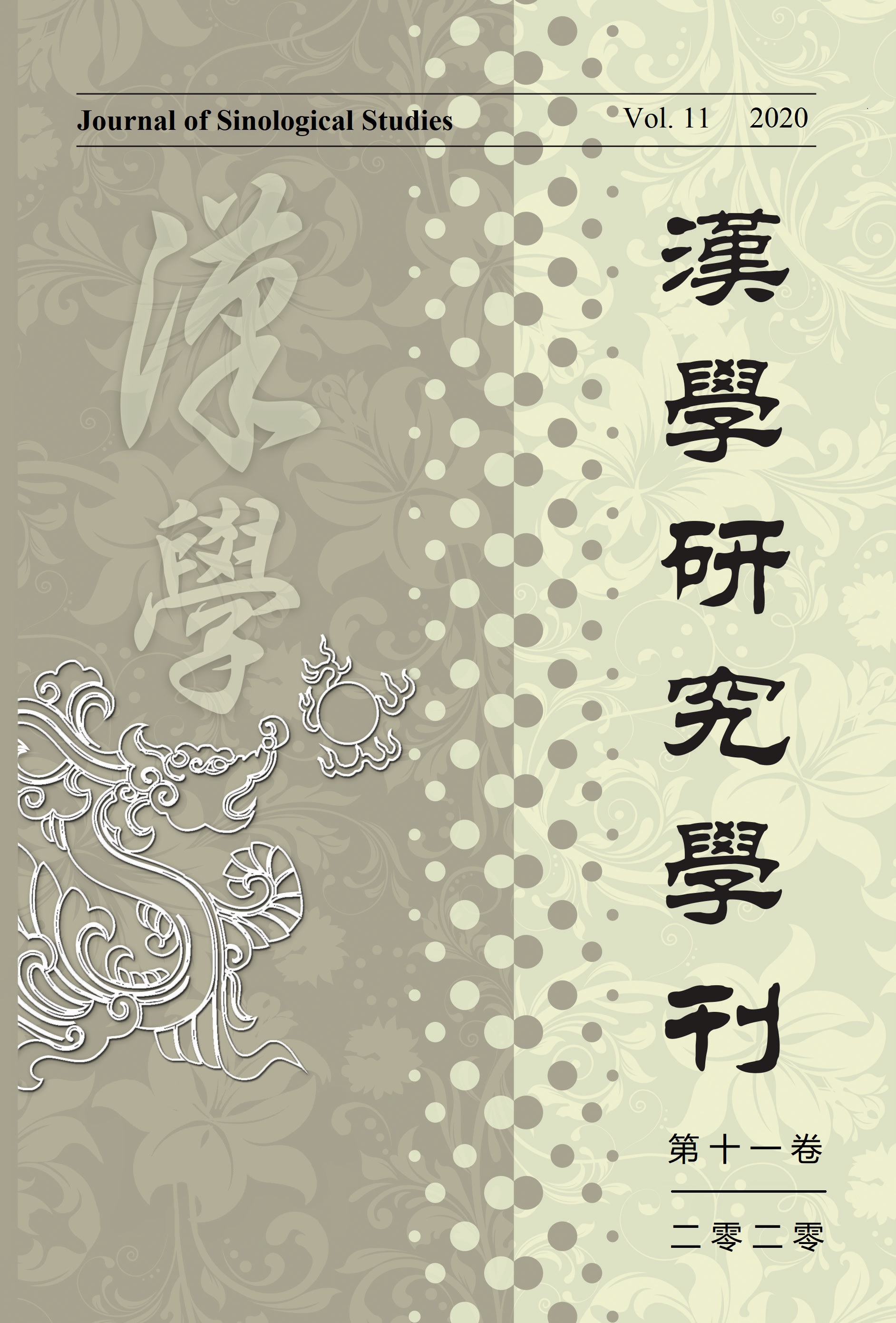Nowhere to Go: Individual Lyricism and The Repressed Times in The Travels of Lao Can
Abstract
In Lu Xun’s A Brief History of Chinese Fiction, The Travels of Lao Can was classed as “novel of denunciation” and has been widely accepted by academia since. This paper argues that the lyricism present in the novel is out of tune with the theme of denunciation as it captures more complex themes of the times that depart from the usual subject of tumultuous Late Imperial China. This lyricism is characterised by a connection between the environment and the individual, where entangled individual sentiments are attached to its immediate natural surroundings. As the plot progresses, the degenerating political climate will cause the mentioned lyricism to be repressed or even suspended, shifting it from the immediate natural surroundings to an exclusive lyrical space located in places far away from all the commotion i.e. Lake Ming Residence, Peach Blossom Mountain and Dou Lao Temple. Such sentiments are repeatedly displaced from the initial lyrical connection and then the lyrical space due to repressions from the turbulent era, causing it to become dormant or perish entirely. Meanwhile, the character of Lao Can as a flâneur who has witnessed worldly hardships is but determined to be of service to the world despite it crumbling around him is likely to be a projection of the author Liu E’s own misfortune and poignant sentiments towards his nation.


